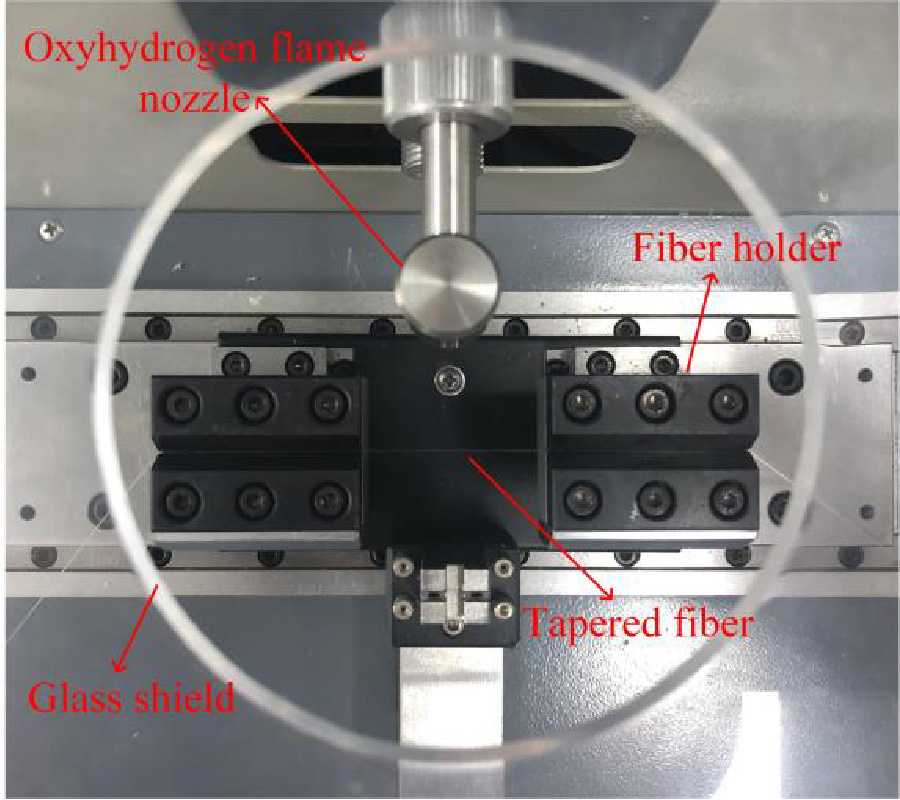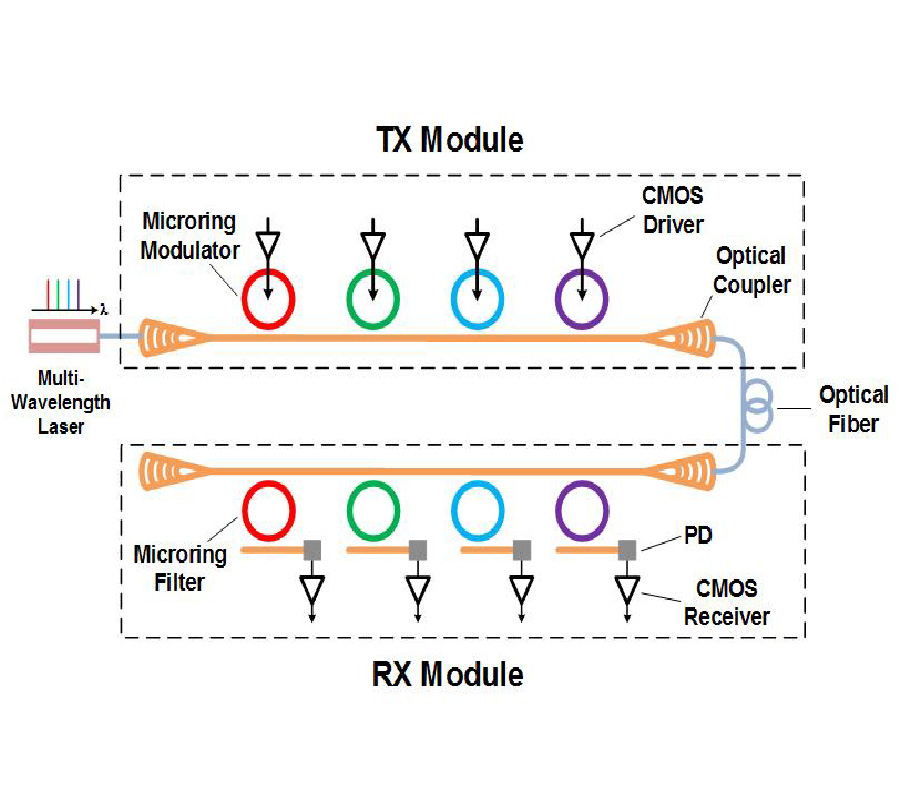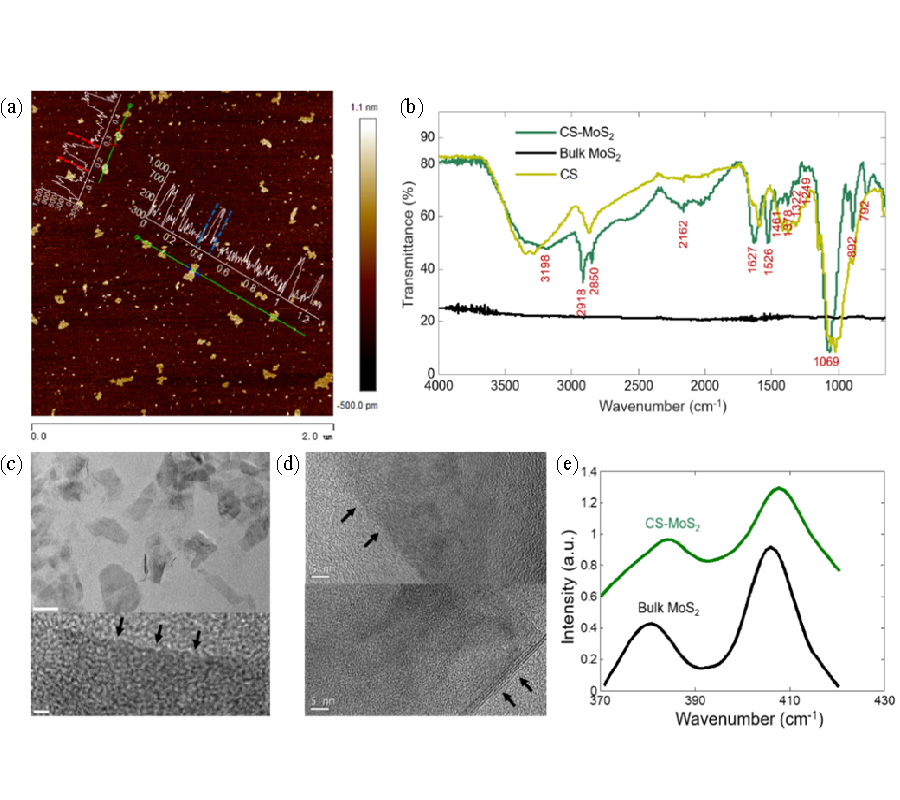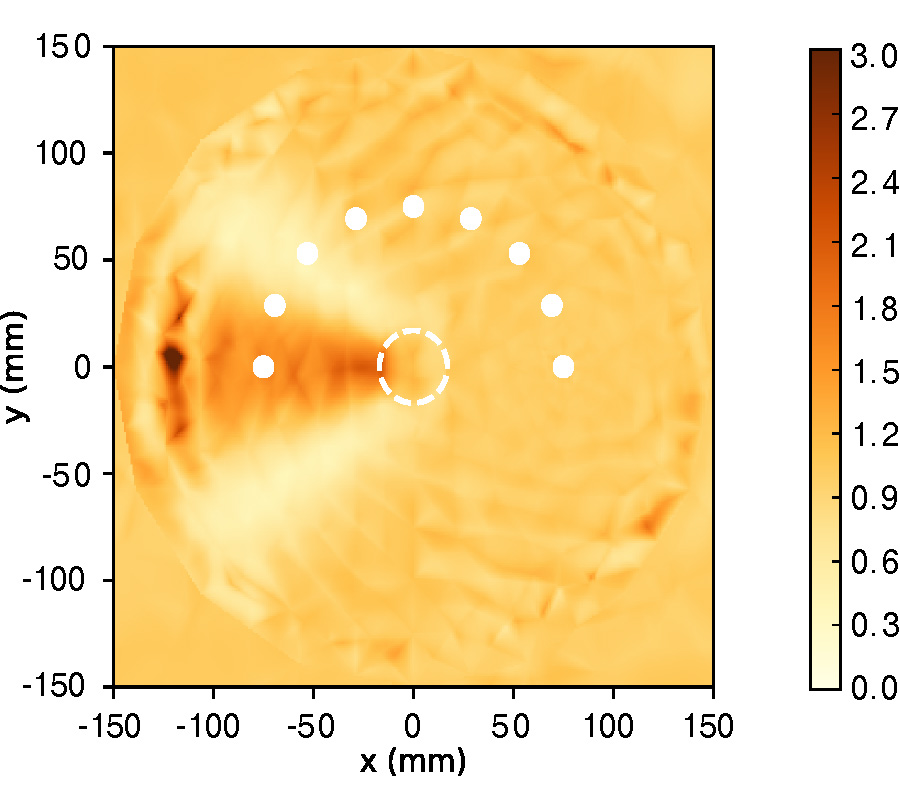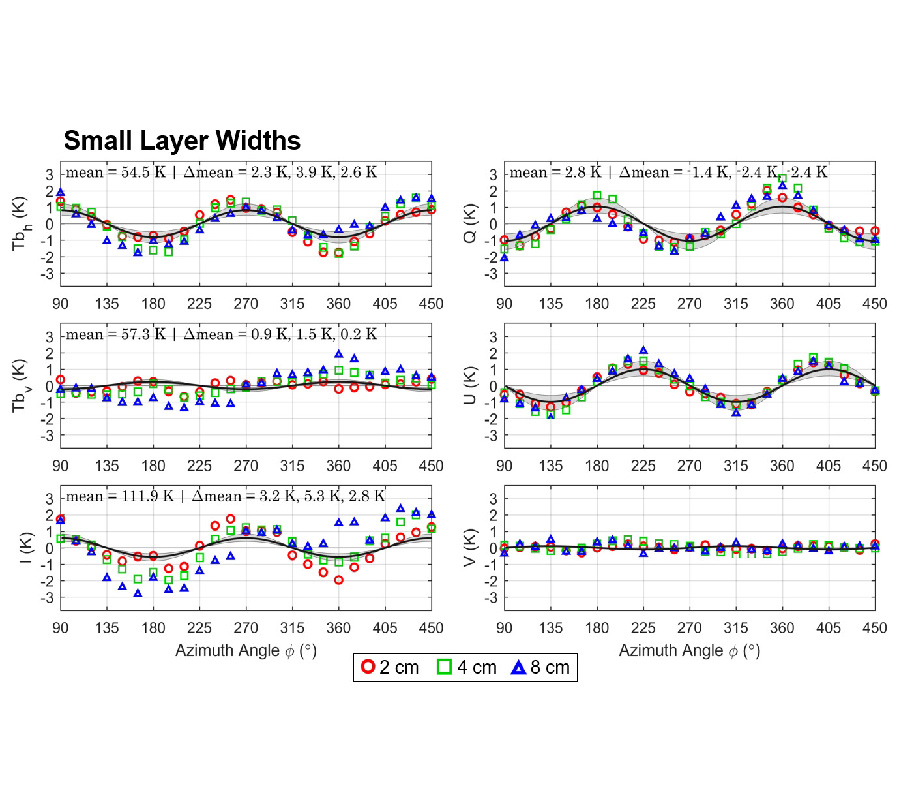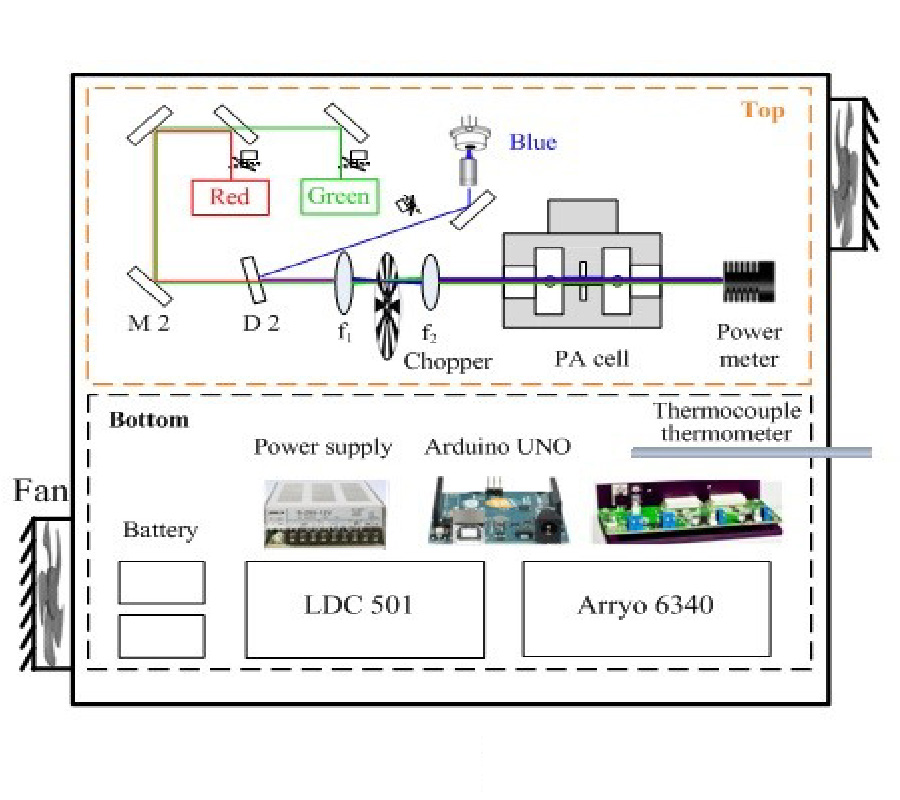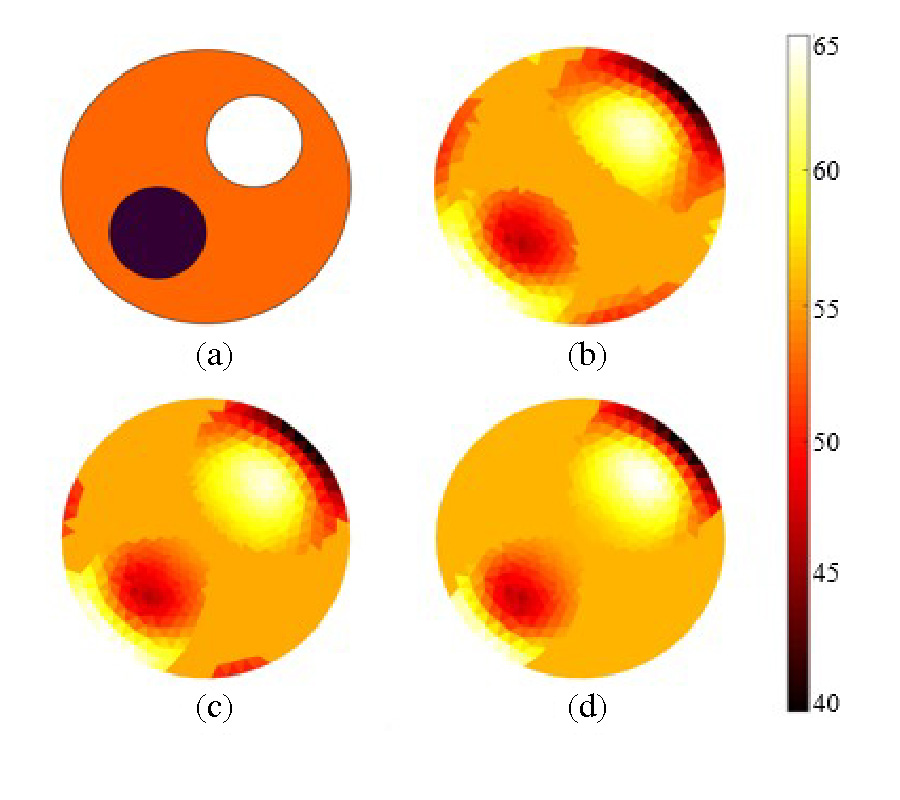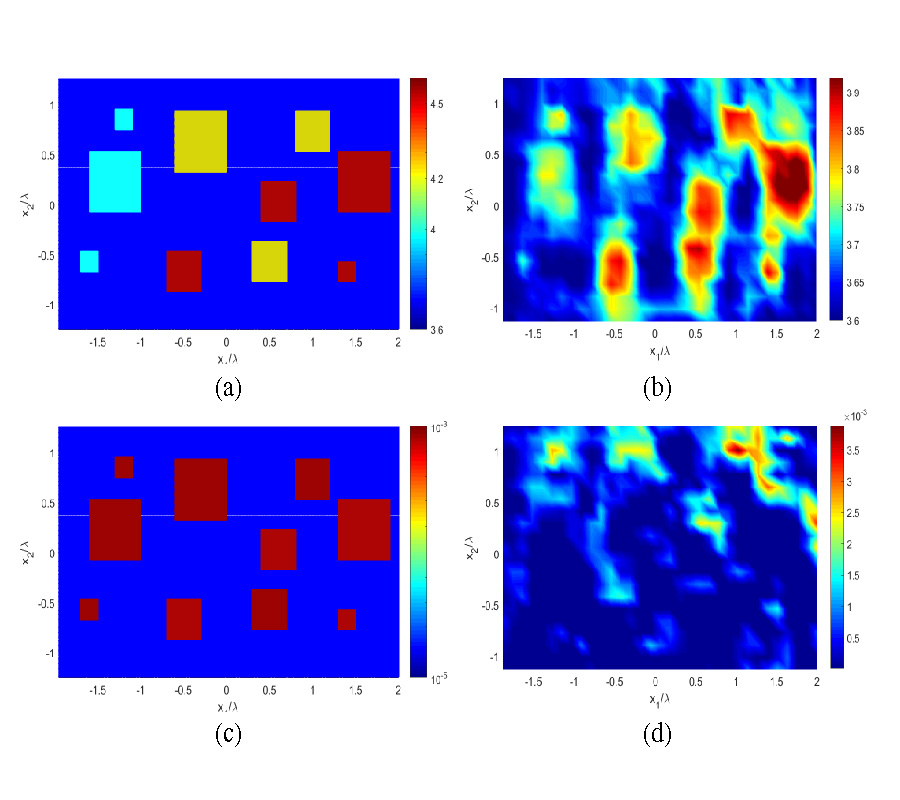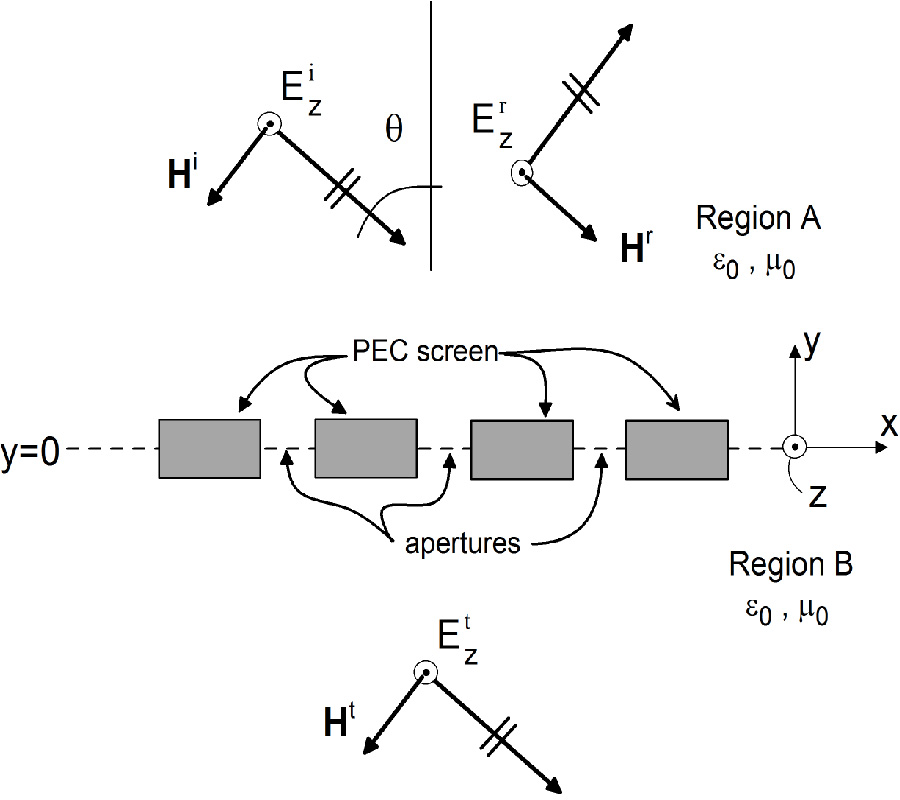Impact of Permittivity Patterns on Fully Polarimetric Brightness Temperature Signatures at L-Band
Moritz Link,
Carsten Montzka,
Thomas Jagdhuber,
Sten S. Sobjærg,
Stephan Dill,
Markus Peichl,
Thomas Meyer and
François Jonard
This study investigates the sensitivity of L-band (1.41 GHz) polarimetric brightness temperature signatures to oriented permittivity patterns, which can occur for example in the case of row and interrow soil moisture differences in agricultural fields. A field experiment and model simulations are conducted to verify the effects of such patterns on all four Stokes parameters. We find that for an artificial target resembling idealized model conditions, permittivity patterns lead to systematic brightness temperature modulations in dependency of the azimuthal look angle. For the specific field setup, modulations reach amplitudes of ~4 K and mostly affect h-polarized brightness temperatures as well as the first, second and third Stokes parameters. Simulations of soil moisture patterns under idealized model conditions indicate even higher amplitudes (up to 60 K for extreme cases). However, the effects occur only for permittivity layer widths of up to 8 cm (given the observing wavelength of 21 cm), which is lower than the row and interrow widths typically observed in agricultural settings. For this reason, and due to the idealized model geometry investigated here, future studies are needed to transfer the findings of this study to potential applications such as the sensing of oriented soil moisture patterns. Particular interest might lie in radiometry and reflectometry in lower frequency ranges such as P-band, where according to the threshold established here (8/21 wavelengths), permittivity layer widths of up to ~45 cm could be observed.
